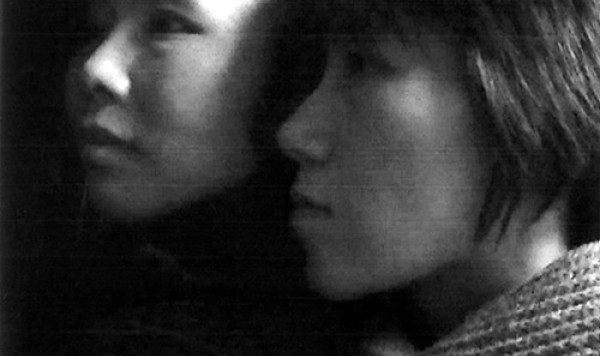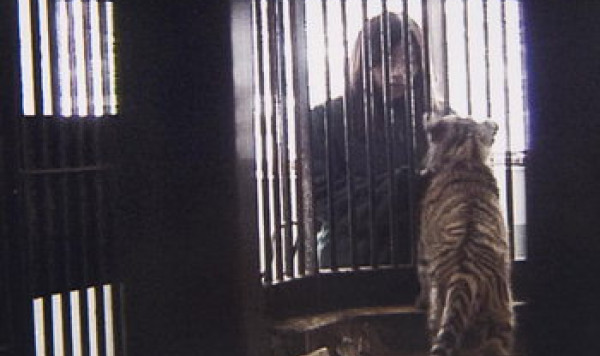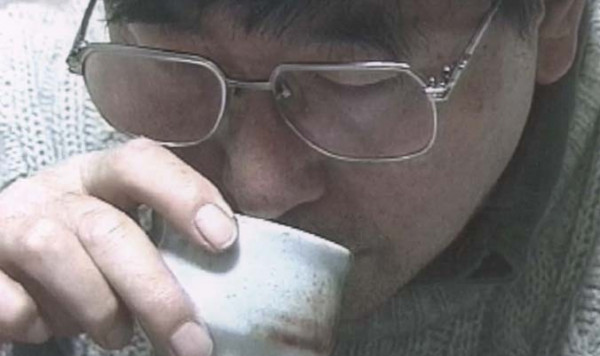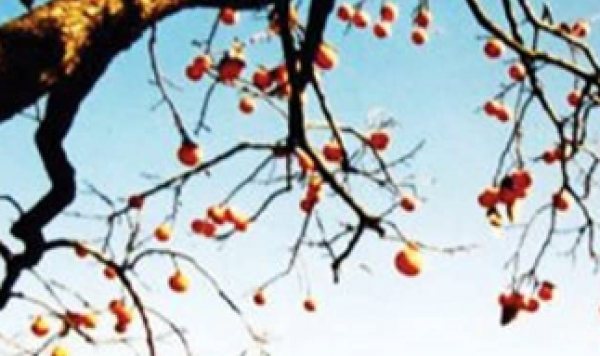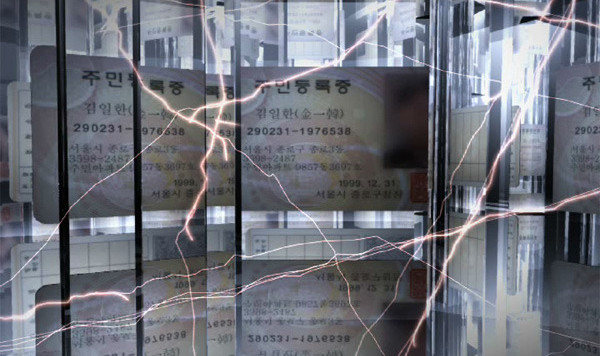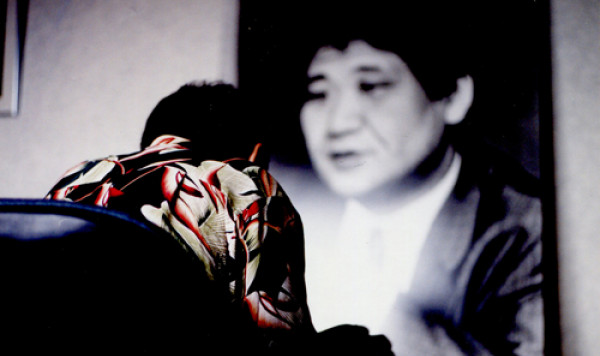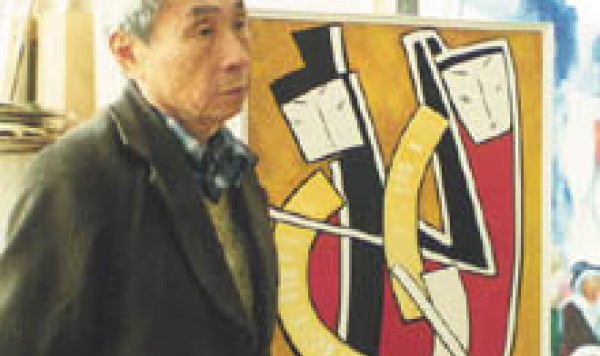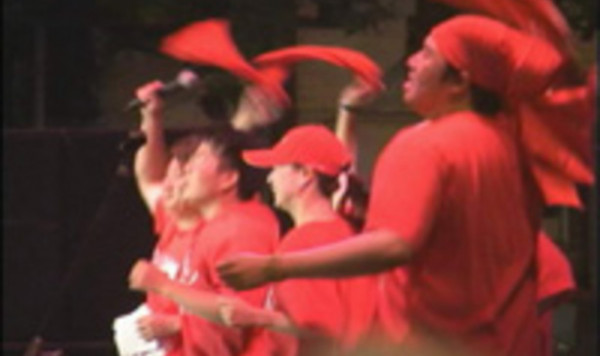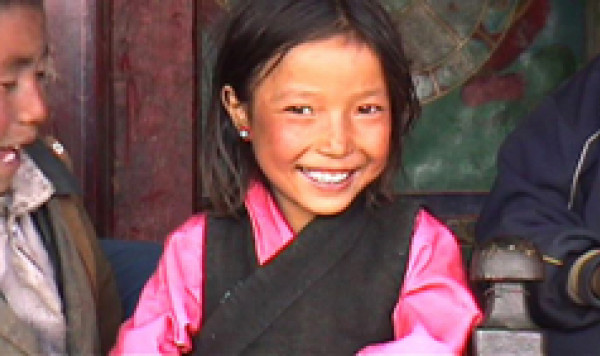Constructed as an epitaph to the novelist Kenji NAKAGAMI, who died in 1992 at the untimely age of 46, this film is sure to provoke an emotional reaction. Shinji AOYAMA pursues his subject-matter with a insatiable appetite, indulging in the writer’s fascination for memory and travel. The filmmaker sojourns in the haunts of Kenji NAKAGAMI’s childhood in the deep south of Japan. He looks for the ‘roji’, the ‘alley’, where the writer spent his formative years. In AOYAMA’s film, the director draws a sharp contrast between the past and the present.




